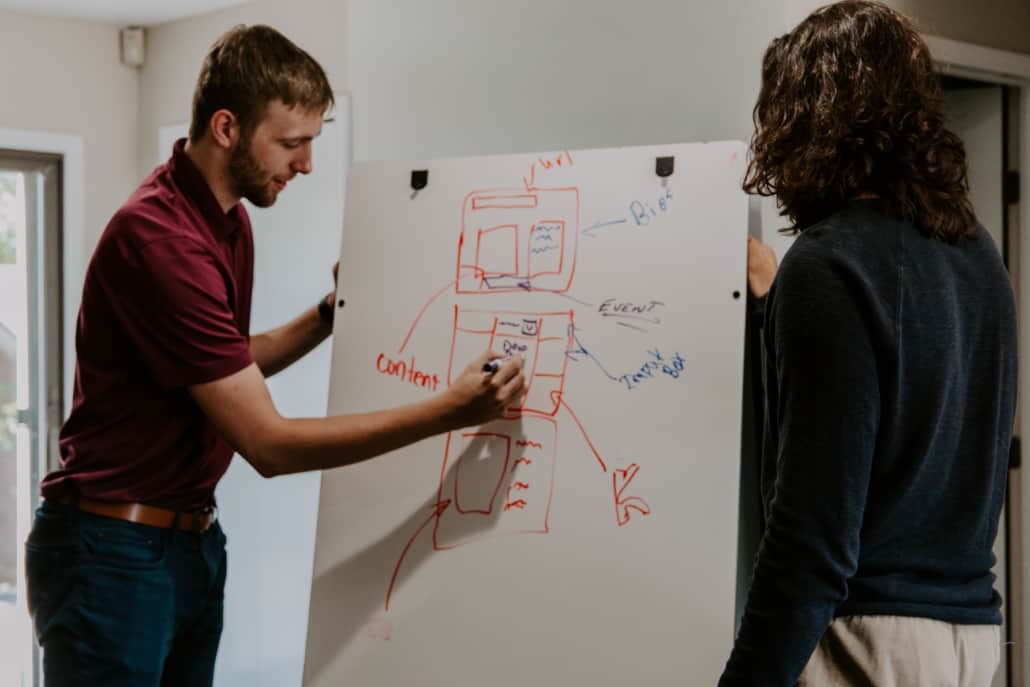You Can Only Plan So Far Ahead
This week we’re looking at the reality faced by those of us who work with groups of family members as part of our role in guiding families through the challenges they face when transitioning their family assets to the next generation.
For those who simply advise a family leader (or couple) it’s typically much simpler. You give them your best ideas and advice, a few tips on sharing information within their family group, wish them luck, and you’re done.
Of course, what happens next, when they in turn speak with their family members, is that they’re met with questions, resistance, quizzical looks, rolling of eyes, and all manner of uncertainty. Things often grind to a halt or spin out of control from there.
Some families are wise and lucky enough to find and enlist the help of skilled outsiders who know what questions to expect and can help guide the family forward, at least by one more next step.
That “one step at a time” aspect is what I want to share more about now.
More Peer Group Benefits
Let’s put some context around how this topic became top of mind for me recently.
As noted in Meta Views on Sharing with Peers and Families I participate in a few regular meetings with peers, where we share ideas and stories about how we work with families.
A recent call had someone sharing a live case that they’re involved with, and the dozen or so others on the screen provided them with all sorts of ideas that they might pursue with the family we’d discussed.
And Some Sports Analogies Too
My mind kept churning after the call, and I couldn’t help thinking that even though this advisor now had a handful of great ideas that they might pursue with the family at their next meeting, it would be next to impossible for them to lay out a long term plan for how to implement these great ideas.
While every advisor and family leader may have some idea around the best approach to take as a family recognizes the need to begin to have regular meetings and to create some semblance of governance, it’s difficult to lay out Step A, Step B, and Step C, in order.
Trying to carve it in stone from the get go is NOT recommended.
You can only realistically plan Step A, and you need to keep B, C, D, etc. on the back burner (or in your back pocket), until they can all, as a family, see what works, what gets traction, and what the family is ready for.
As a fan of sports analogies (see Formula 1 Racing and Working with 1% Families) the next morning I tuned into a soccer match….
Tic-Tac-Toe Just as They Planned
The FA Cup game began with a pass all the way back to the goalkeeper, who fired the ball downfield in what seemed like a set play.
Surely this couldn’t turn directly into a scoring opportunity as they’d drawn it up in the locker room. There are too many moving parts on the field. Or so I thought.
A mere 16 seconds later, the ball was in the back of the net, and I wondered if maybe I was wrong. The play involved about 4 or 5 players, and the 4 or 5 steps all worked out in order, seemingly exactly as planned.
Playing the Very Long Game
As I tried to process what I just saw, it finally came to me. The score in the game was 1-nil, but there were still 89 minutes to go (at a minimum).
They managed to put a few exact steps together and successfully attained one step along the way to victory, but the rest of the game was played with more of the typical “fits and starts” that sports fans are accustomed to seeing.
Similarly, when working with a family on an intergenerational transition, you’re playing an even longer long game, measured in years and decades, not seconds and minutes.
As advisors or coaches who work with families, sometimes we can draw up a nice sequence of moves that work out, but it’s much more important to know how to guide the family through the ups and downs of the whole season.
Having family members learn how to play nicely together as a team is always key, so time spent on that is never wasted.



















